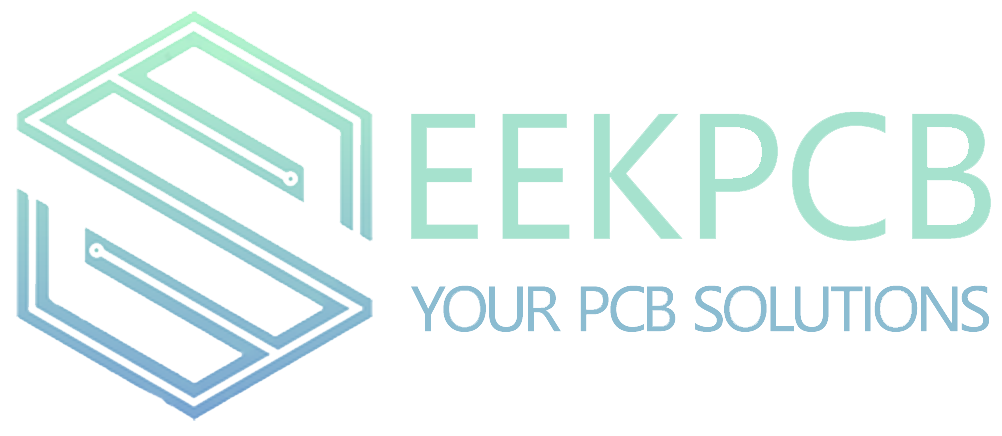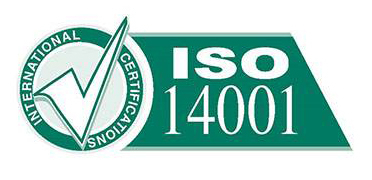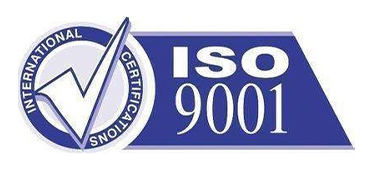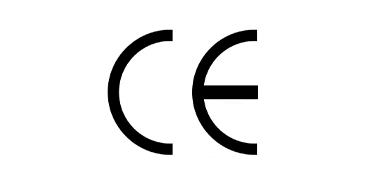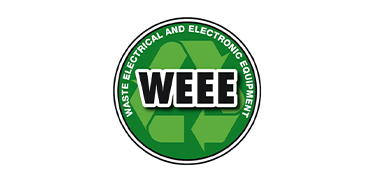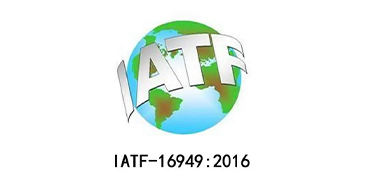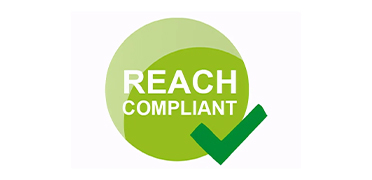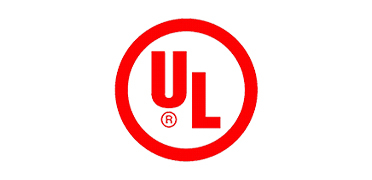








How to choose PCB surface finish?
PCB surface finish selection is the most important step in PCB manufacturing, because it directly affects the process yield, the number of reworks, the field failure rate, the testing capacity, the scrap rate and the cost. In order to ensure the high quality and performance of the final product, all important considerations regarding assembly must be taken into account in the choice of surface finish.
1、 PCB surface treatment - pad flatness
As mentioned earlier, certain surface treatments can result in uneven surfaces, which can affect performance, weldability, and other factors. If flatness is an important factor, consider a surface finish with a thin, even layer. In this case, appropriate options include enig surface finish, enepig plating, and osp surface finish.
2、 Weldability and wettability
Solderability is always a key factor when using PCB. Certain surface treatments such as OSP and ENEPIG have been shown to hinder weldability, while others such as HASL finish are well suited.

3、Gold wire or aluminum wire bonding
If your PCB requires gold wire or aluminum wire bonding, it may be limited to ENIG and ENEPIG.

4、Storage condition
As mentioned earlier, certain surface treatments (such as OSP) can make PCBS brittle when handled, while others improve durability. The storage and handling requirements should be considered in advance, and only when the risk-free storage and handling requirements can be met should the surface treatment that makes the PCB brittle be used.
5、PCB surface treatment - RoHS compliance
RoHS compliance is critical when determining the surface finish to use. In general, all surface treatments that use lead are not suitable for RoHS compliance and should be avoided.
According to the above introduction to each surface finish, some attributes are the most important elements as selection criteria. The following table shows the properties that each surface finish has and does not have.
Depending on the specific requirements and characteristics of the PCB product, you can choose the perfect surface finish option according to this table

All in all, for the type of surface finish selected, the best type must be selected in order to accomplish many functions. Each type of surface treatment has its own advantages and disadvantages. There are some engineering tricks that can solve problems caused by shortcomings in surface finish. For example, for the shortcomings of low OSP wetting force, there are some solutions, such as changing the solderability of the plate electroplating or wave soldering alloy, increasing the top surface preheating, etc. The key is that all possible factors must be considered to obtain the desired performance.
+86-18925293263
